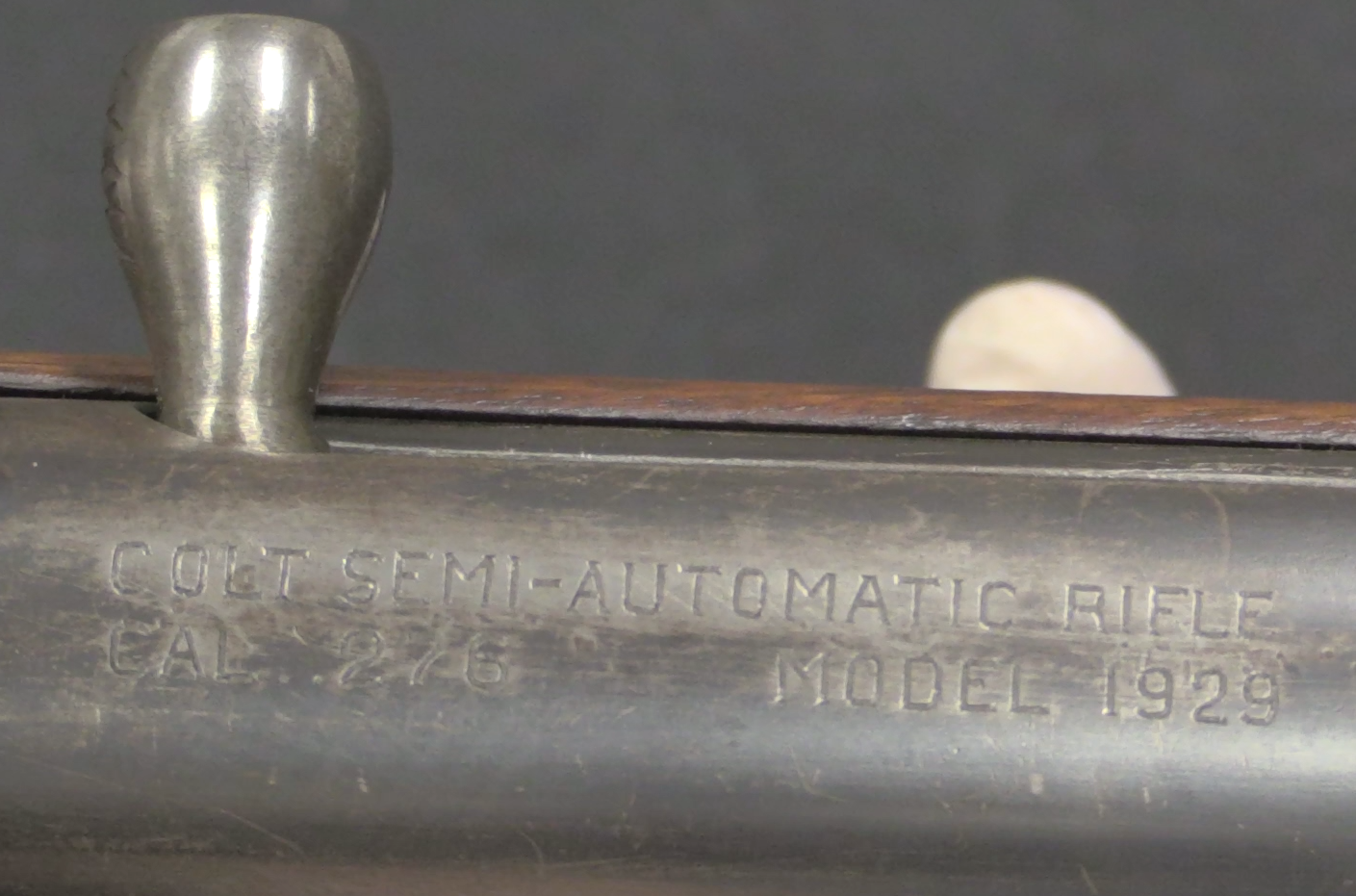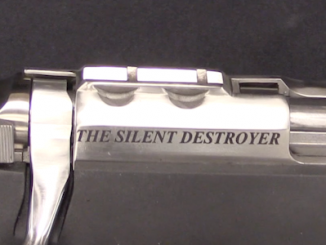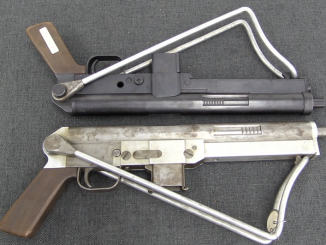I am normally more interested in military small arms than sporting ones, but the Browning Auto-5 is such an important firearm that it deserves the recognition of and proper small arms enthusiast. It was not only the first long recoil firearm, but also the first viable semiautomatic shotgun – and it remained very popular for many decades. H.M. Shirley, Jr and Anthony Vanderlinden teamed up to write the definitive reference work on the gun, covering everything from prototypes and Browning’s patents as he designed it to the Japanese production almost a century later. The book begins with an excellent extended overview of the history of FN, John Browning, and their collaborations – a section which will be excellent reading for anyone not familiar with that history (and with lots of detail that many folks probably don’t know). It then explains really every aspect of the gun’s production and variation – proofing, barrel marks, different grades and options, mechanics, serial numbers and date codes, special models, engraving, and more. This really is a one-stop-shop for anyone interested in the FN production of the Auto-5!
Available direct from the publisher, or on Amazon:




I still believe that the true precursor to the Chauchat was this firearm and not the subsequent long-recoil rifle, which had very little success in Europe and did not take off in the US as the Remington Model 7 until after World War I. This was not just the first successful semi-automatic shotgun but the first successful, reliable, widely-recognized semi-automatic shoulder weapon. (I have read that the first FN prototype fired 40,000 rounds without a jam or breakage.) That it was long-recoil was sort of a coincidence, as Browning was anticipating the wide variety of loads and pressures of shells that would be fed into this gun if it went into production. The A5 had a rising locking block (suitable to rimmed shotgun shells), the subsequent rifle had a rotating bolt (suitable to rimless high-pressure rounds), thus showing the way for a long-recoil automatic rifle/light machine gun. But it was the proven success of the shotgun that paved the road for the rifle, and subsequent developments as war broke out. Or so I will say until someone shows me a memo in the French ordnance archives that says, “Examined Browning’s FN rifle today …”
Expecting some additional clariciation about suitability of rising block and rotating bolt for using rimmed cases.
Is the A5 the “first long-recoil firearm” or does that honour go to the truly awful but oddly-compelling Gabbet-Farfax Mars? The Mars was actually made (though in tiny numbers) from, I think, 1898.
I did say “successful, reliable, and widely-known shoulder weapon.” The Mars counts only as, possibly, widely-known, or perhaps notorious.
“…true precursor to the Chauchat was this firearm…” (C)
This is not a secret…
https://www.tumblr.com/search/louis%20chauchat
Puteaux on that patent also (if I’m not mistaken) created a SAMC gun and an anti-tank gun. Maybe something else…
https://www.youtube.com/watch?v=uN3VLFb9IH8&feature=emb_title
Well, on this site it’s sort of a secret. Mr. M has been for years mentioning the rifle as both widely-successful and the inspiration for the Chauchat. It was not widely-successful in Europe (nor in the US until the 1920s), and I posit that the hugely-successful shotgun started (and proved) the long-recoil idea and the succeeding poorly-selling rifle added only the detail of a rotating bolt suitable to rimless cartridges. The Chauchat team’s great accomplishment was making this action work in full-power 8mm Lebel — the FN Browning/Remington rifle was chambered for special, sort of intermediate cartridges specific, almost unique to itself, .25 and .35 Remington (I forget what the metric designations were). Thank you for these links, I’m glad someone out there agrees with me.
For anyone who owns an A5 or the Remington equivalent, I hope you also agree that the major miracles Browning pulled off were 1) That it sort of looks and handles like a normal gun despite all the various clockwork going on under the fore-end and inside the buttstock, and 2) That it works so reliably and efficiently despite a mechanism that could compete with the Madsen LMG in precision-machined internal complexity.
Despite my quibbles, thanks again to Mr. M for his ongoing campaign to keep us well-informed.
The below the title it says “The Belgian FN Production”. I doubt that FN sold many Auto-5 to police forces around Europe back then. something like 99% will have been civilina sales to hunters. So not surprising there was not much on police use.
“…Mr. M has been for years mentioning the rifle as both widely-successful and the inspiration for the Chauchat…”(C)
IMHO This is an interesting piece of history.
The link I cited is, in fact, nothing better than any other network scribble.
Well, maybe the pictures are good there…
I have not come across any convincing evidence that Browning’s patent has been submitted to the Puteaux. But in favor of this version, it can be said that the French, with strange persistence, tried to apply this scheme wherever possible. Even in spite of the fact that this is not the most successful scheme for a light automatic weapon.
Although it’s customary to scold Chauchat, I believe that the French did a good job. At least Chauchat did not suffer premature shutter wear like Remington 8.
Thanks for this review!
We listen to many new albums on different topics but not on education I like your concept that you go for an education album.
I said “fruitful, solid, and broadly known shoulder weapon.” The Mars considers just, potentially, generally known, or maybe famous.